 This quartet is the culmination of Glen Steenkiste’s long fascination with the harmonium, expanding beautifully upon the themes laid out by Helvette's sprawling Droomharmonium (2018). That said, this album feels like a bit of a different animal altogether, as this league of Belgian drone artists takes the kernel of Steenkiste's vision to a considerably transformed place. In fact, Het Interstedelijk Harmoniumverbond feels like an inspired continuation of the grand tradition of La Monte Young-style minimalism, weaving complexly harmonic and gorgeously undulating dronescapes that favorably call to mind masterpieces like The Electric Harpsichord.
This quartet is the culmination of Glen Steenkiste’s long fascination with the harmonium, expanding beautifully upon the themes laid out by Helvette's sprawling Droomharmonium (2018). That said, this album feels like a bit of a different animal altogether, as this league of Belgian drone artists takes the kernel of Steenkiste's vision to a considerably transformed place. In fact, Het Interstedelijk Harmoniumverbond feels like an inspired continuation of the grand tradition of La Monte Young-style minimalism, weaving complexly harmonic and gorgeously undulating dronescapes that favorably call to mind masterpieces like The Electric Harpsichord.
Look up Music for gazing upwards brought to you by Meat Beat Manifesto & scott crow, +/-, Aurora Borealis, The Veldt, Not Waving & Romance, W.A.T., The Handover, Abul Mogard & Rafael Anton Irisarri, Mulatu Astatke, Paul St. Hilaire & René Löwe, Songs: Ohia, and Shellac. Aurora Borealis image from California by Steve. Get involved: subscribe, review, rate, share with your friends, send images! |


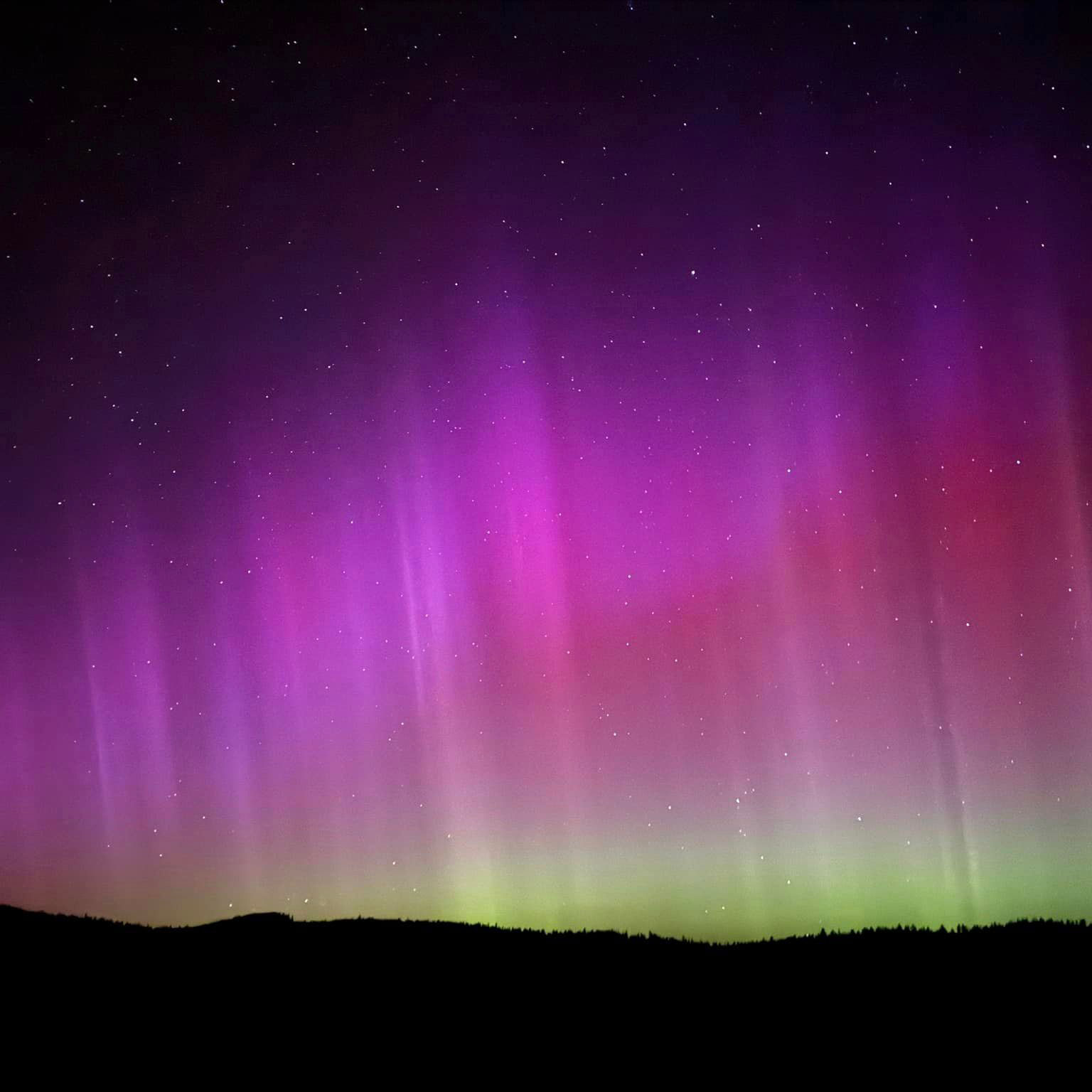
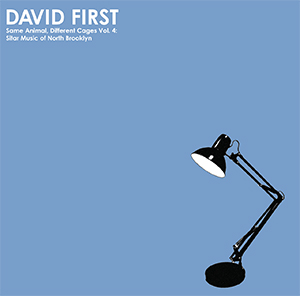 As the conclusion to his Same Animal, Different Cages project, Brooklyn composer David First has again chosen to use an instrument with more limited applications than the first installments two (guitar and synth). The sitar has a very distinctive sound and specific cultural associations (which First discusses his struggle with in the liner notes). Aware of this, he pushes the boundaries of what a single instrument can represent, and also showcases his exceptional skills as both a composer and performer.
As the conclusion to his Same Animal, Different Cages project, Brooklyn composer David First has again chosen to use an instrument with more limited applications than the first installments two (guitar and synth). The sitar has a very distinctive sound and specific cultural associations (which First discusses his struggle with in the liner notes). Aware of this, he pushes the boundaries of what a single instrument can represent, and also showcases his exceptional skills as both a composer and performer.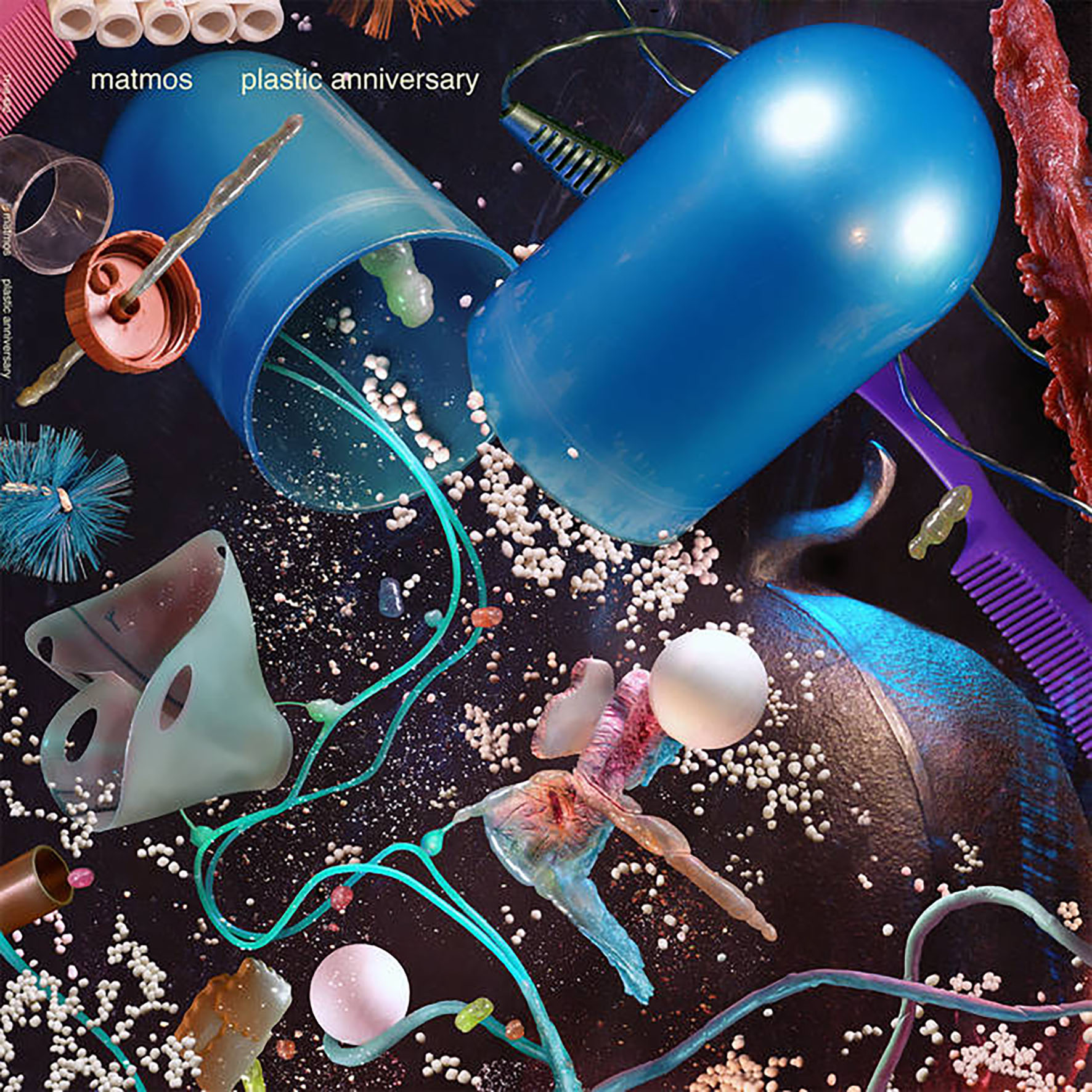 As fitfully brilliant as they can be, the Matmos of recent years has been more of a project that I respect and occasionally find fascinating than a project that I genuinely love. At the risk of torpedoing whatever experimental music cred I might have, I fear they might genuinely be a bit too far out for me…or at least too constrained by their passion for focused conceptual themes and unusual materials. Nevertheless, I am always quite happy to investigate whatever kitschy and perverse lunacy they have cooked up with each fresh album, as the results are never boring. In the case of Plastic Anniversary, Drew Daniel and M.C. Schmidt gleefully embark upon a morbidly funny celebration of all things plastic, assembling an arsenal of toilet brushes, breast implants, police shields, synthetic human tissue, and some hapless Bread records to make a host of bizarre and colorfully cartoonish sounds. As usual, Matmos' sheer ingenuity and resourcefulness is second to none, but the most compelling innovation of all was the duo’s decision to enlist Deerhoof drummer Greg Saunier and a high school drumline from Montana.
As fitfully brilliant as they can be, the Matmos of recent years has been more of a project that I respect and occasionally find fascinating than a project that I genuinely love. At the risk of torpedoing whatever experimental music cred I might have, I fear they might genuinely be a bit too far out for me…or at least too constrained by their passion for focused conceptual themes and unusual materials. Nevertheless, I am always quite happy to investigate whatever kitschy and perverse lunacy they have cooked up with each fresh album, as the results are never boring. In the case of Plastic Anniversary, Drew Daniel and M.C. Schmidt gleefully embark upon a morbidly funny celebration of all things plastic, assembling an arsenal of toilet brushes, breast implants, police shields, synthetic human tissue, and some hapless Bread records to make a host of bizarre and colorfully cartoonish sounds. As usual, Matmos' sheer ingenuity and resourcefulness is second to none, but the most compelling innovation of all was the duo’s decision to enlist Deerhoof drummer Greg Saunier and a high school drumline from Montana.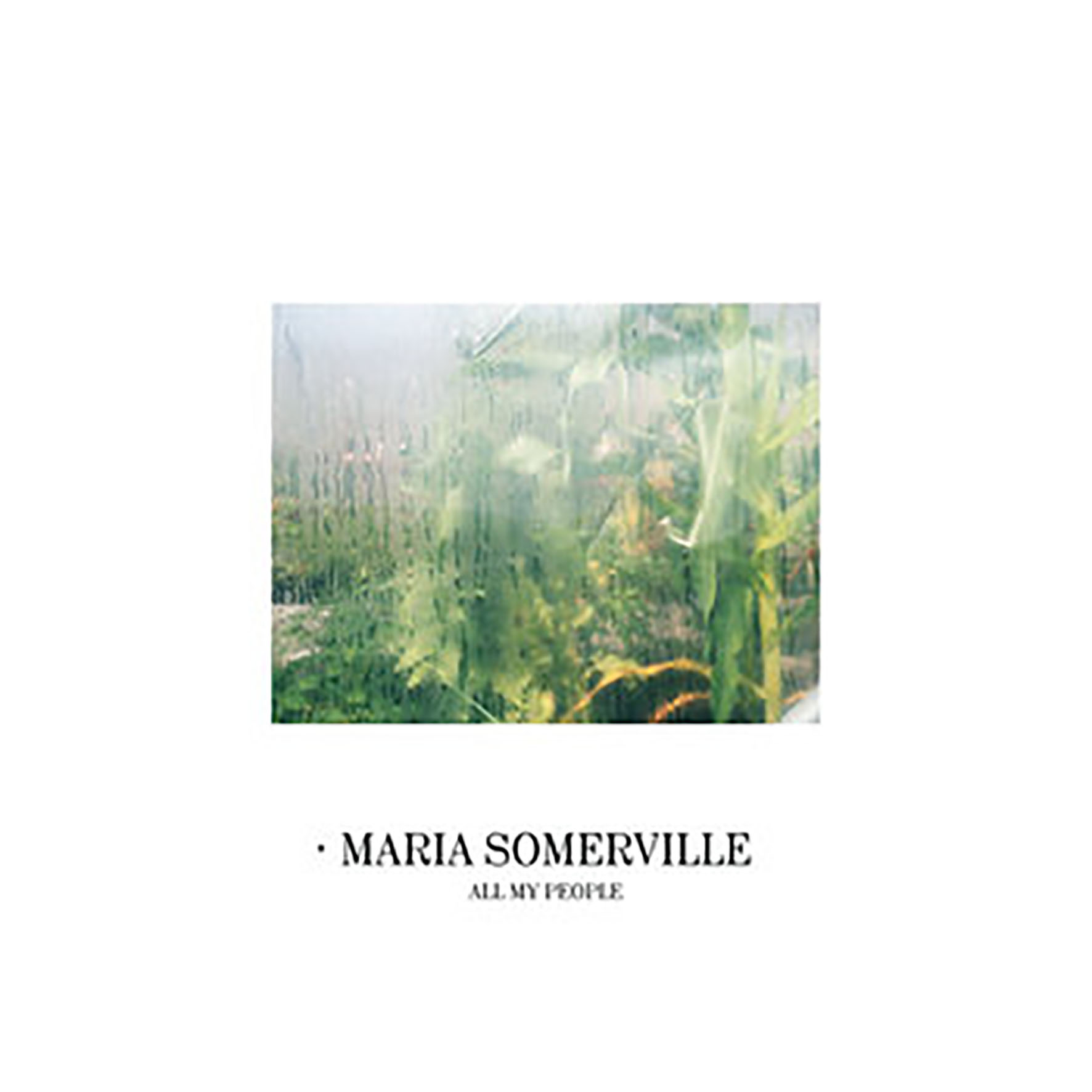 It is quite a rare and improbable event for a self-released debut to amass so much buzz and acclaim upon its release, but All My People is quite a deserving recipient for such good fortune. For better or worse, Somerville's work is likely to draw superficial comparisons to Carla dal Forno or Liz Harris, as she is quite fond of simple drum machine patterns, reverb-swathed vocals, and minimal musical accompaniment. At its heart, however, Somerville's vision is a fresh and unique one, as that stark template is an unlikely framework for a delightfully eclectic and unabashedly pop-minded suite of songs (albeit pop in the classic sense, a la Pet Sounds). In that regard, the achingly gorgeous centerpiece "Dreaming" is the album's biggest draw, but Somerville is just as adept at the production side of the equation, taking these seven pieces in some delightfully inventive and unusual directions.
It is quite a rare and improbable event for a self-released debut to amass so much buzz and acclaim upon its release, but All My People is quite a deserving recipient for such good fortune. For better or worse, Somerville's work is likely to draw superficial comparisons to Carla dal Forno or Liz Harris, as she is quite fond of simple drum machine patterns, reverb-swathed vocals, and minimal musical accompaniment. At its heart, however, Somerville's vision is a fresh and unique one, as that stark template is an unlikely framework for a delightfully eclectic and unabashedly pop-minded suite of songs (albeit pop in the classic sense, a la Pet Sounds). In that regard, the achingly gorgeous centerpiece "Dreaming" is the album's biggest draw, but Somerville is just as adept at the production side of the equation, taking these seven pieces in some delightfully inventive and unusual directions.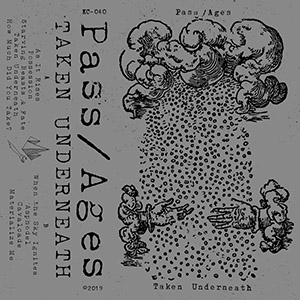 Consisting of two thirds of the band Ars Phoenix, namely Jonn Gauntletier and Caitlin Grimalkin, it is not overly surprising that there are a lot of similarities between the bands. Both are equally synth heavy and rife with memorable hooks. However, the two are distinct projects, with Pass/Ages mining somewhat darker, distorted territories in comparison to the slightly more up beat Ars Phoenix work. Never are the moments of catchiness far off, however, resulting in a tape that is rough and experimental, yet as memorable as any pop record out there.
Consisting of two thirds of the band Ars Phoenix, namely Jonn Gauntletier and Caitlin Grimalkin, it is not overly surprising that there are a lot of similarities between the bands. Both are equally synth heavy and rife with memorable hooks. However, the two are distinct projects, with Pass/Ages mining somewhat darker, distorted territories in comparison to the slightly more up beat Ars Phoenix work. Never are the moments of catchiness far off, however, resulting in a tape that is rough and experimental, yet as memorable as any pop record out there. This Australian trio first appeared on my radar with 2015’s somewhat polarizing and aptly named Severe album, which stripped away all of the more conventional post-punk elements of their sound to leave only a beautifully chiseled and pummeling strain of minimalism. I suppose most My Disco albums have been a bit polarizing though, as the band have undergone a series of transformations since their early days as a math-rock band and not every fan has wanted to stick around for the next phase. With Severe, however, it felt like My Disco had finally found a truly distinctive niche that felt like their proper home. Environment happily continues to explore that same vein, yet takes that aesthetic to an even greater extreme, replacing surgical brutality with an ominous, simmering tension and dissolving any last traces of the band’s more "rock" past.  It is hard to say if Environment quite tops Severe, but it is very easy to say that it is another great album from an extremely compelling band.
This Australian trio first appeared on my radar with 2015’s somewhat polarizing and aptly named Severe album, which stripped away all of the more conventional post-punk elements of their sound to leave only a beautifully chiseled and pummeling strain of minimalism. I suppose most My Disco albums have been a bit polarizing though, as the band have undergone a series of transformations since their early days as a math-rock band and not every fan has wanted to stick around for the next phase. With Severe, however, it felt like My Disco had finally found a truly distinctive niche that felt like their proper home. Environment happily continues to explore that same vein, yet takes that aesthetic to an even greater extreme, replacing surgical brutality with an ominous, simmering tension and dissolving any last traces of the band’s more "rock" past.  It is hard to say if Environment quite tops Severe, but it is very easy to say that it is another great album from an extremely compelling band.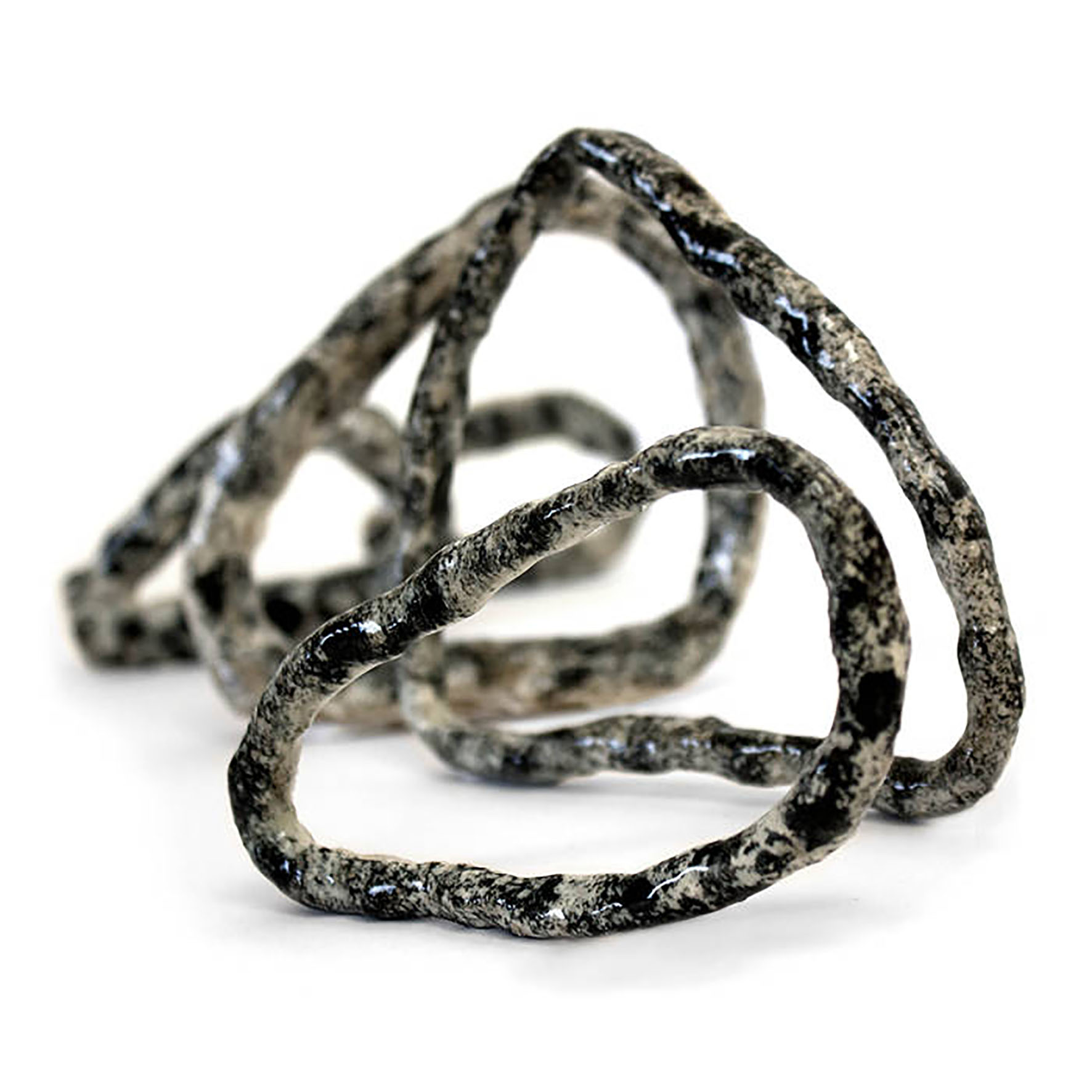 Hot on the heels of his appearance on last year's In Death's Dream Kingdom, Abul Mogard returns to Houndstooth with a collection of his work as an unlikely remix artist. Of these five lengthy pieces, I was only familiar with the one from Fovea Hex's The Salt Garden II, as his reworkings of songs by Nick Nicely and a pair of Houndstooth artists (Aïsha Devi and Penelope Trappes) somehow eluded me. The beguiling centerpiece of the album, however, is an entirely new work that reimagines Cindytalk/Massimo Pupillo's sublime Becoming Animal project. All of the chosen pieces suit Mogard's aesthetic beautifully though, adding up to an album that is more like an unexpectedly strong and song-based follow-up to Above All Dreams than a collection of one-off works that were never intended to coexist. Naturally, this is easily Abul Mogard's most accessible release to date, but I was pleasantly surprised to discover that it is also one of his best too.
Hot on the heels of his appearance on last year's In Death's Dream Kingdom, Abul Mogard returns to Houndstooth with a collection of his work as an unlikely remix artist. Of these five lengthy pieces, I was only familiar with the one from Fovea Hex's The Salt Garden II, as his reworkings of songs by Nick Nicely and a pair of Houndstooth artists (Aïsha Devi and Penelope Trappes) somehow eluded me. The beguiling centerpiece of the album, however, is an entirely new work that reimagines Cindytalk/Massimo Pupillo's sublime Becoming Animal project. All of the chosen pieces suit Mogard's aesthetic beautifully though, adding up to an album that is more like an unexpectedly strong and song-based follow-up to Above All Dreams than a collection of one-off works that were never intended to coexist. Naturally, this is easily Abul Mogard's most accessible release to date, but I was pleasantly surprised to discover that it is also one of his best too. Newly remastered and reissued on Metropolis, 1988's The Golden Age hails from an especially transitory and unsettled phase of The Legendary Pink Dots' history: it was composed in the wake of a disastrous tour in which half of the band quit. Also, Edward Ka-Spel and The Silverman were kicked out of their squat in Amsterdam and left the city to take up residence in Niels van Hoorn's caravan in the countryside. And, to flesh out that scene still further, the album was recorded in a poorly heated farmhouse. That seems like quite a dark and rough stretch to me, yet it is clear from interviews that Ka-Spel found the experience refreshing and creatively rejuvenating and both he and The Silverman have since singled out The Golden Age as one of their favorite LPD releases. I cannot say that I fully share that assessment myself, as it is a bit of a difficult and uneven album at times, but there is definitely a brilliant EP lurking among this strange and kaleidoscopic suite of songs. At its best, The Golden Age feels like a playfully lysergic, darkly whimsical, and endearingly baroque series of regret-soaked scenes plucked from a vivid, haunting novel that only exists in Edward Ka-Spel's head.
Newly remastered and reissued on Metropolis, 1988's The Golden Age hails from an especially transitory and unsettled phase of The Legendary Pink Dots' history: it was composed in the wake of a disastrous tour in which half of the band quit. Also, Edward Ka-Spel and The Silverman were kicked out of their squat in Amsterdam and left the city to take up residence in Niels van Hoorn's caravan in the countryside. And, to flesh out that scene still further, the album was recorded in a poorly heated farmhouse. That seems like quite a dark and rough stretch to me, yet it is clear from interviews that Ka-Spel found the experience refreshing and creatively rejuvenating and both he and The Silverman have since singled out The Golden Age as one of their favorite LPD releases. I cannot say that I fully share that assessment myself, as it is a bit of a difficult and uneven album at times, but there is definitely a brilliant EP lurking among this strange and kaleidoscopic suite of songs. At its best, The Golden Age feels like a playfully lysergic, darkly whimsical, and endearingly baroque series of regret-soaked scenes plucked from a vivid, haunting novel that only exists in Edward Ka-Spel's head. This is Simon Scott's formal debut for Touch and it is such a quintessential example of the label's aesthetic that it almost feels like a homecoming. It is similar to a homecoming in another way as well, as Scott composed these pieces from field recordings taken during Slowdive's extensive touring over the last few years, diligently editing and shaping them in hotel rooms during his idle hours. Upon returning, he teamed up with cellist Charlie Campagna and violinist Zachary Paul to transform his impressionistic audio diaries into a lushly beautiful and bittersweet ambient travelogue of sorts. In some ways, this side of Scott's work is less distinctive than his more dub-inflected albums, but he has a remarkably great ear for striking the perfect balance between vibrant textures and blurred, dreamlike elegance.
This is Simon Scott's formal debut for Touch and it is such a quintessential example of the label's aesthetic that it almost feels like a homecoming. It is similar to a homecoming in another way as well, as Scott composed these pieces from field recordings taken during Slowdive's extensive touring over the last few years, diligently editing and shaping them in hotel rooms during his idle hours. Upon returning, he teamed up with cellist Charlie Campagna and violinist Zachary Paul to transform his impressionistic audio diaries into a lushly beautiful and bittersweet ambient travelogue of sorts. In some ways, this side of Scott's work is less distinctive than his more dub-inflected albums, but he has a remarkably great ear for striking the perfect balance between vibrant textures and blurred, dreamlike elegance.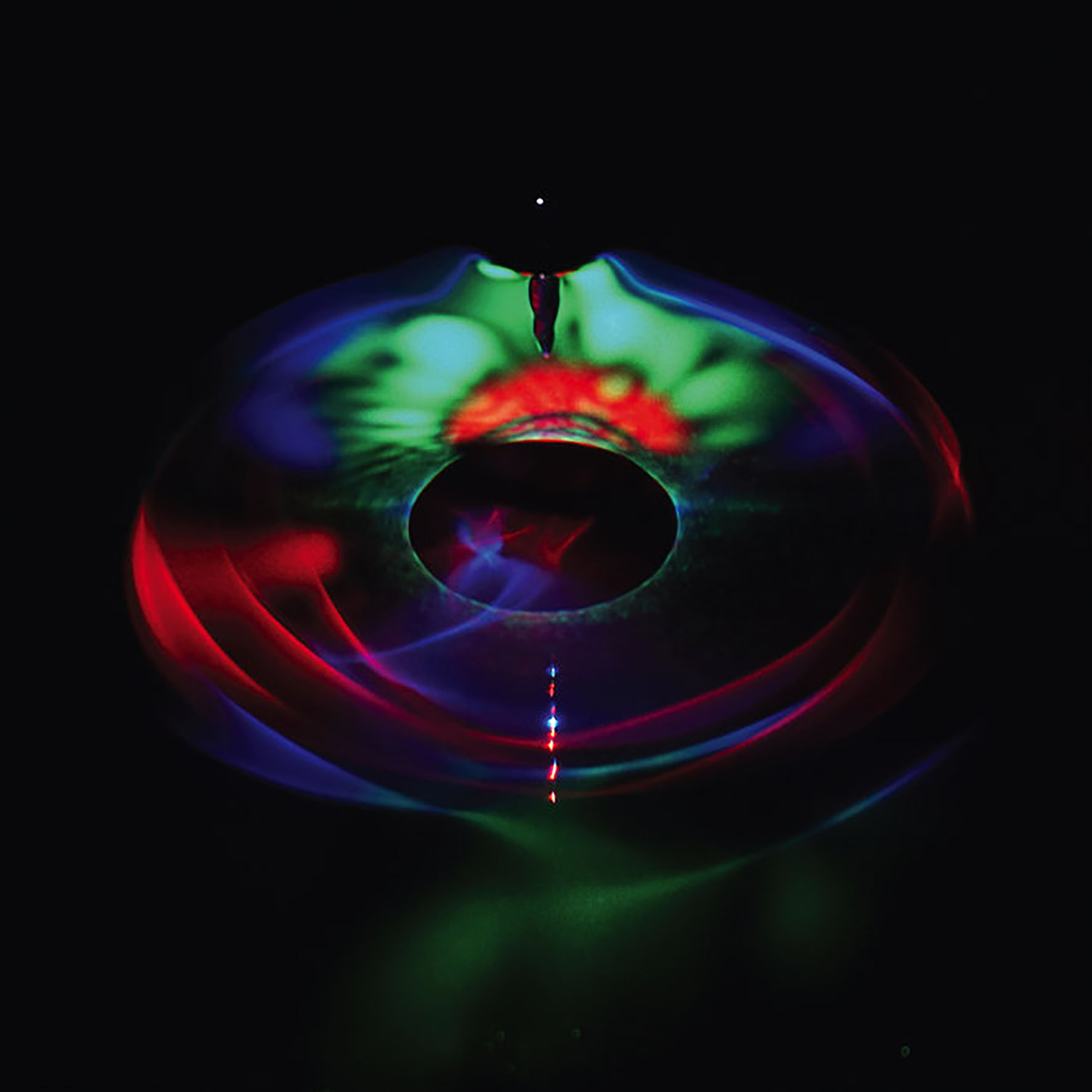 This latest release is more of a diversion than a fresh addition to the canon of William Basinski masterworks, as it was originally composed for a pair of installations for an exhibition in Berlin. In keeping with theme of the show ("Limits of Knowing"), he stepped outside of his usual working methods to craft floating ambient soundscapes sourced from recordings captured by the Laser Interferometer Gravitational-Wave Observatory (LIGO). Looked at another way, however, On Time Out of Time could be seen as Basinski's normal working methods taken to their ultimate extreme: instead of harvesting sounds from decaying tapes a few decades old, he is now harvesting billion-year-old sounds created by merging black holes. As far as singular, awe-inspiring cosmic events go, that is fairly hard to top, but it must be said that Basinski on his own has a more melodically and harmonically sophisticated sensibility than most (if not all) black holes. As such, the appeal of On Time Out Of Time lies more in the ingenious transformation of the source material than in the finished compositions (though they are quite likable).
This latest release is more of a diversion than a fresh addition to the canon of William Basinski masterworks, as it was originally composed for a pair of installations for an exhibition in Berlin. In keeping with theme of the show ("Limits of Knowing"), he stepped outside of his usual working methods to craft floating ambient soundscapes sourced from recordings captured by the Laser Interferometer Gravitational-Wave Observatory (LIGO). Looked at another way, however, On Time Out of Time could be seen as Basinski's normal working methods taken to their ultimate extreme: instead of harvesting sounds from decaying tapes a few decades old, he is now harvesting billion-year-old sounds created by merging black holes. As far as singular, awe-inspiring cosmic events go, that is fairly hard to top, but it must be said that Basinski on his own has a more melodically and harmonically sophisticated sensibility than most (if not all) black holes. As such, the appeal of On Time Out Of Time lies more in the ingenious transformation of the source material than in the finished compositions (though they are quite likable).
